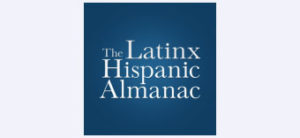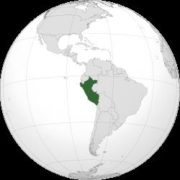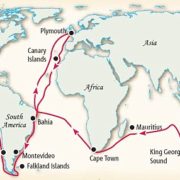US invades Peru (again) 1835
The US Marines landed in the cities of Callao and Lima in the sovereign nation of Peru on December 10, 1835. The Marines were undocumented illegal aliens, but despite this small matter of paperwork, they stayed until January 24, 1836. The US government ordered this invasion of Peru to protect American interests during an attempted revolution. (Map of location of Peru – a bit far from US interests, wouldn’t you think?)
Los marines estadounidenses desembarcaron en las ciudades de Callao y Lima en la nación soberana de Perú el 10 de diciembre de 1835. Los marines eran extranjeros ilegales indocumentados, pero a pesar de esta pequeña cuestión de papeleo, se quedaron hasta el 24 de enero de 1836. El gobierno de los Estados Unidos ordenó esta invasión de Perú para proteger los intereses estadounidenses durante un intento de revolución. (Mapa de ubicación de Perú – un poco lejos de los intereses de Estados Unidos, ¿no crees?)



